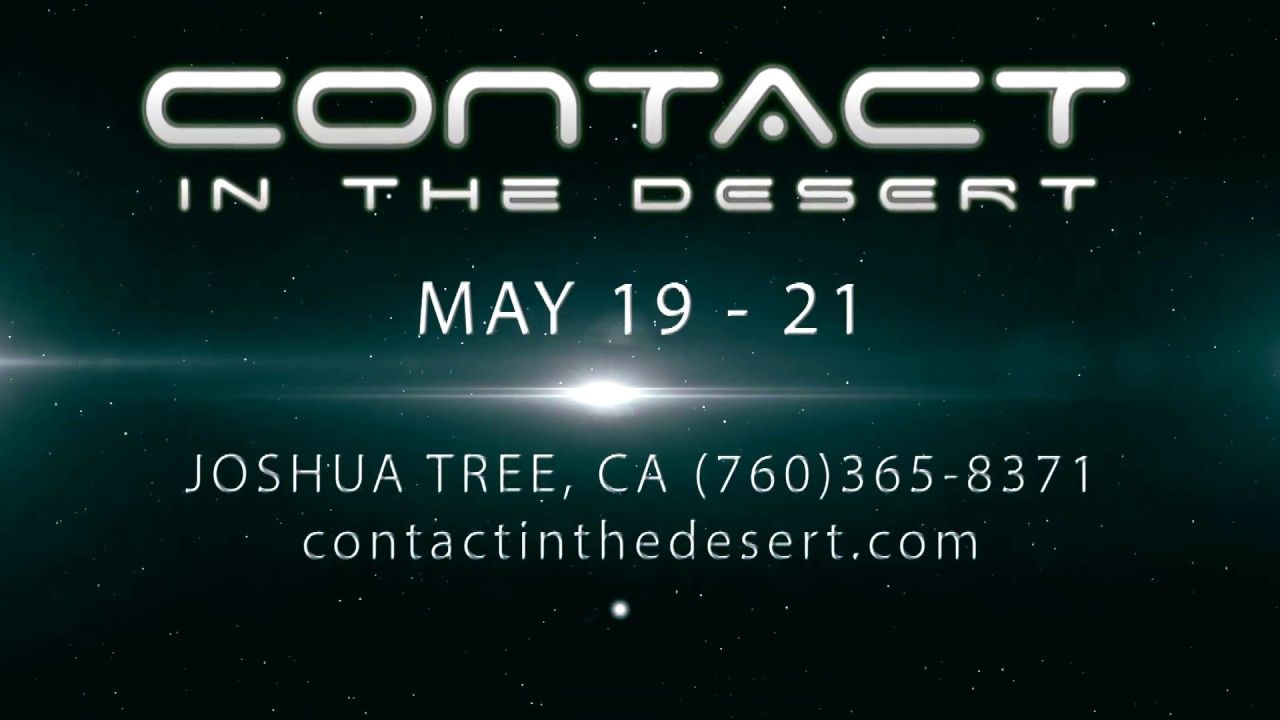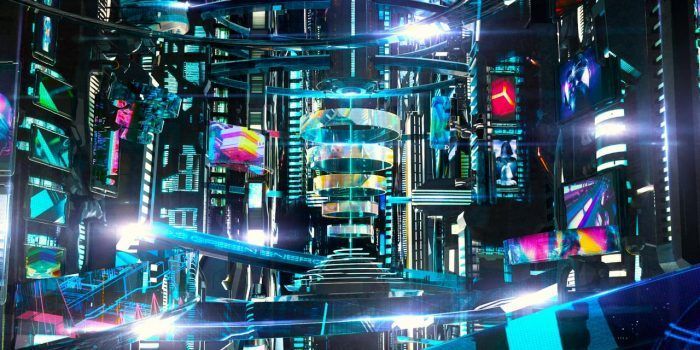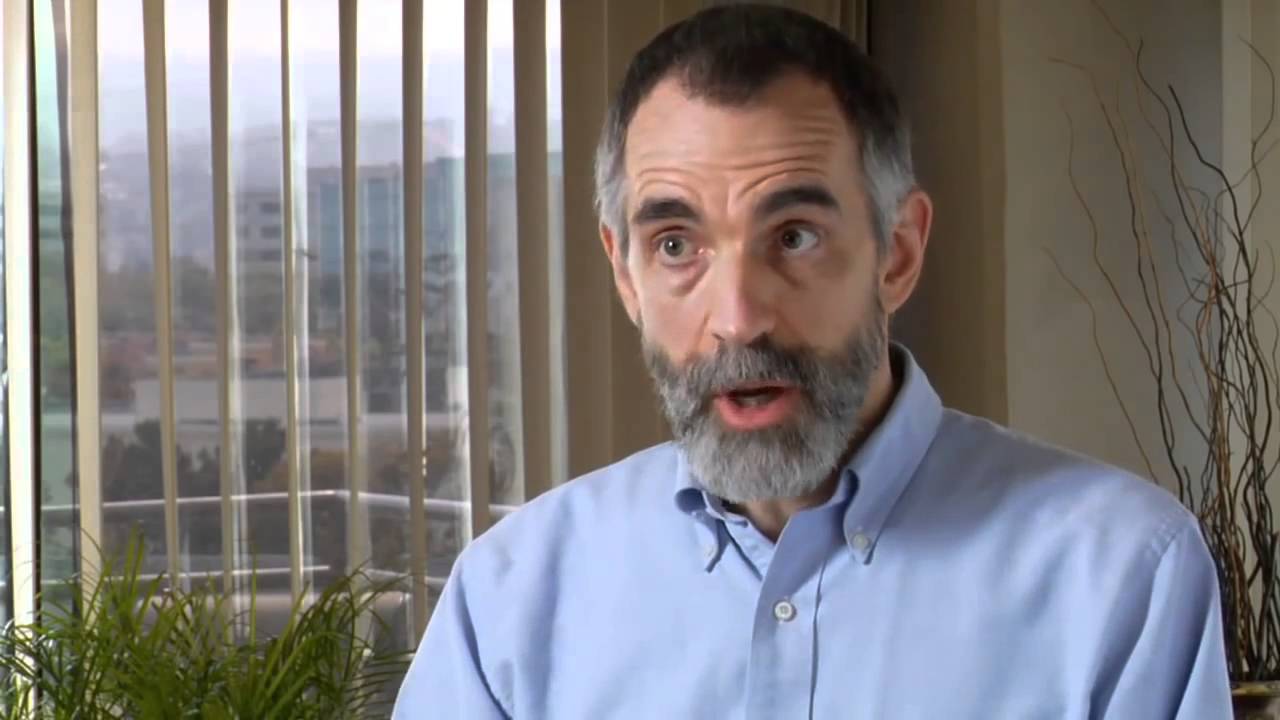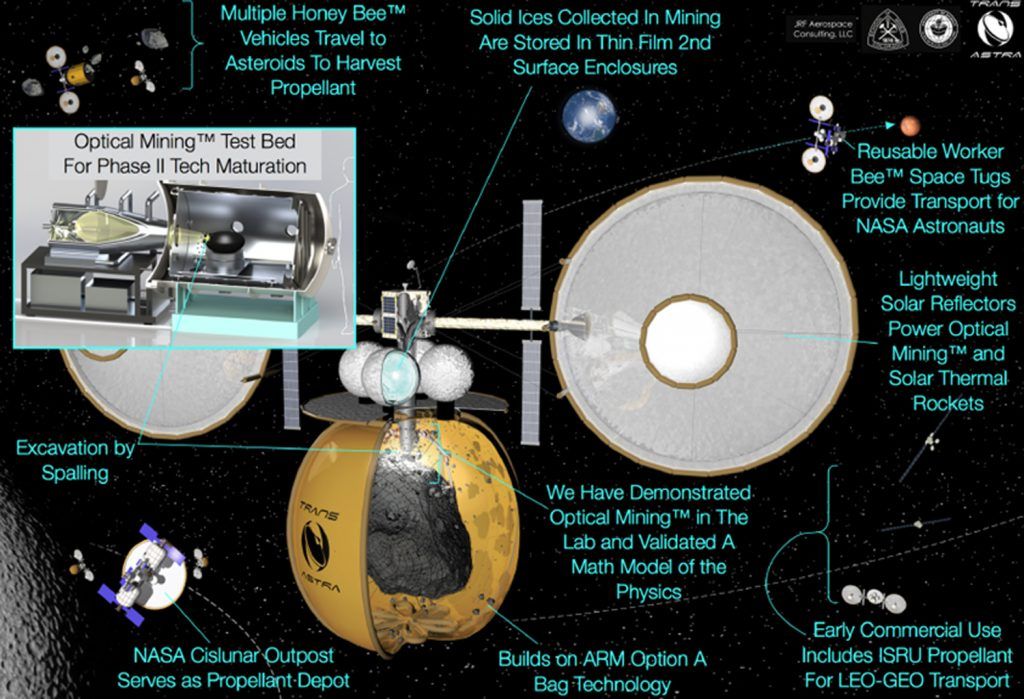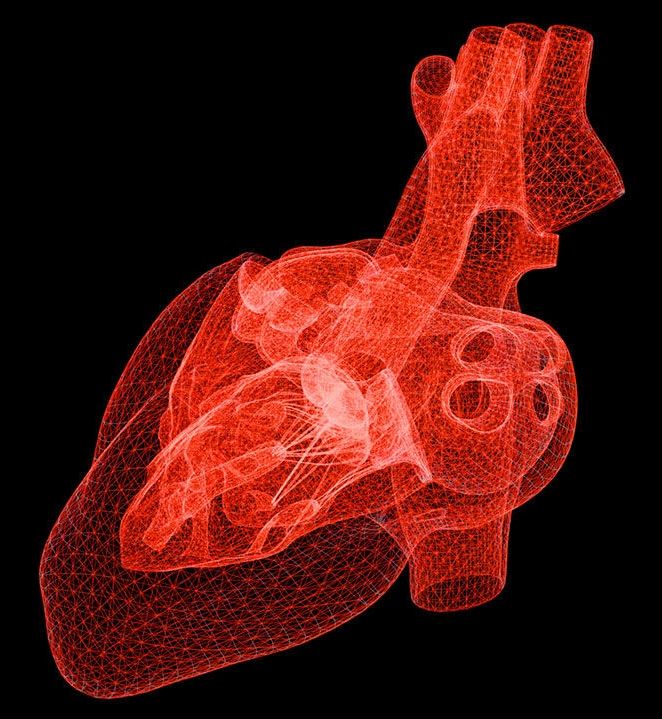Apr 16, 2017
The Transhumanist Future Has No Pope
Posted by Zoltan Istvan in categories: biotech/medical, ethics, transhumanism
Happy Easter…and a reality check: https://motherboard.vice.com/en_us/article/where-were-going-we-dont-need-popes #transhumanism #reason
Modern values, transhumanist technology, and the embrace of reason are making many Catholic rules and rituals absurd.
Everywhere I look, Pope Francis, the 266th pope of the Catholic Church, seems to be in the news—and he is being positively portrayed as a genuinely progressive leader. Frankly, this baffles me. Few major religions have as backwards a philosophical and moral platform as Catholicism. Therefore, no leader of it could actually be genuinely progressive. Yet, no one seems to pay attention to this—no one seems to be discussing that Catholicism remains highly oppressive.




